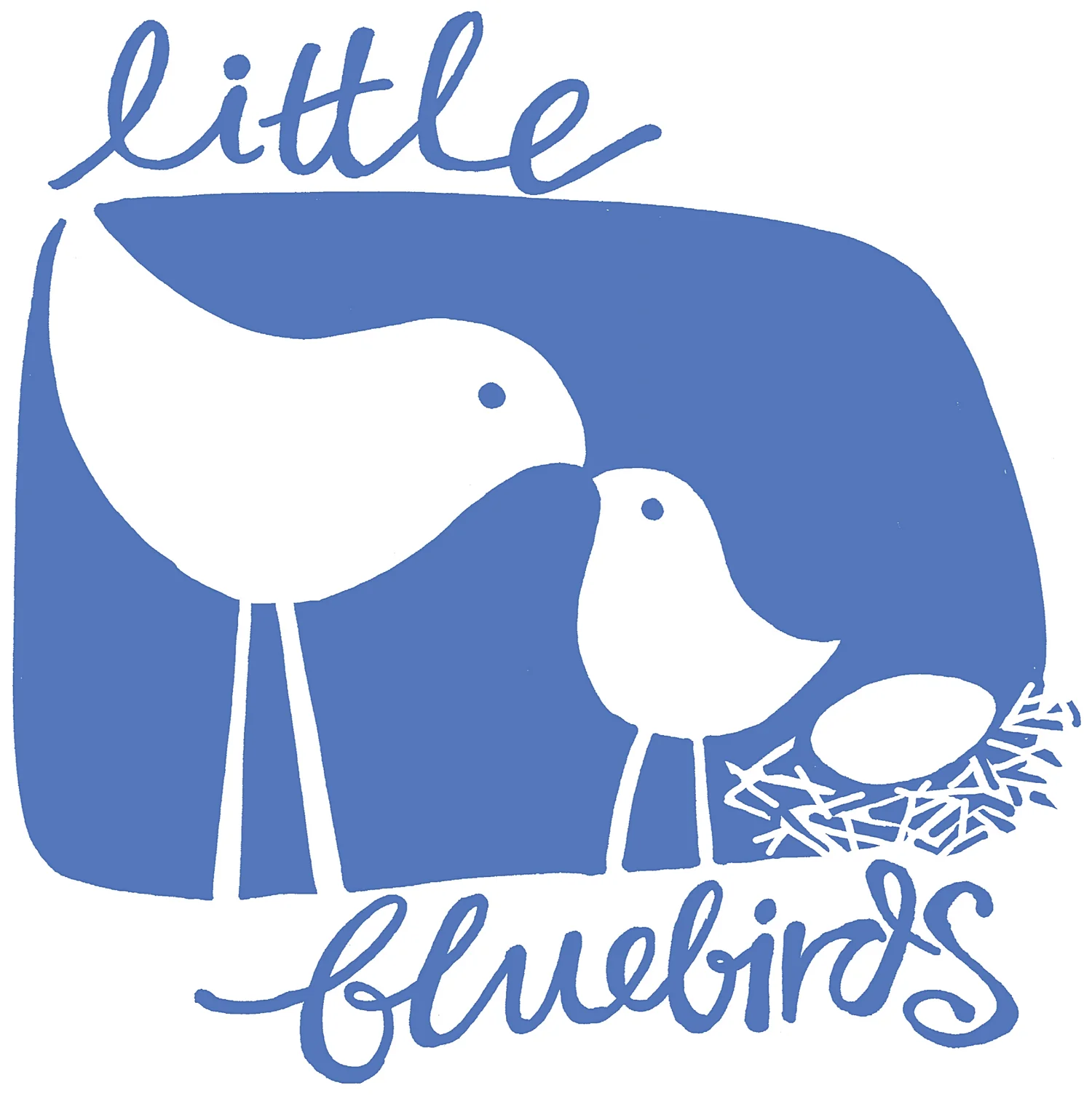Spider webs
It can be tough to get outside on these cold and frosty mornings. There are some flowers blooming on some trees around town, so don't despair...Spring is on it's way! In the meantime, a fun thing to look for on a frosty morning is spider webs. The dew stay on the webs and can make them easier to spot. Spiders are clever creatures and can build beautifully intricate web structures in trees, on the clothesline, on bike handles, in the grass, on windows and just about anywhere else.
a real web covered in dew. No spider in sight...
Once you've found some and had a closer look (and hopefully warmed up from some running around and jumping in puddles while you're looking), perhaps you or your child will be interested in making your own spider webs.
The only equipment you need is some string, an old skein of wool works well. Make sure there is plenty of it so the spider webs can grow and grow and grow! Op shops sell new and partially used skeins of wool and larger spools of cotton. You could also ask Grandma who might have some old stuff lying around in her sewing basket! (that's where I found my collection).
Tie the end to the branch of a tree and start winding!
Start with a simple knot around any object.
The more precise child (or perhaps keen parent) may like to wind neatly to try and create a realistic spider's web. You may be hard-pressed to do as good a job as a real spider! Otherwise, there is really no wrong way to do it. Create a giant web by winding the string between two or more tree, or make a small one just using a Y-shaped stick.
Keep winding around and through.
Once the web is complete (this may take an hour or it may take 30 seconds), it's time to make the spiders and flies. Have a search where you are playing, for some sticks or leaves, grass or gumnuts that could be tied together to make a spider or a fly. Some extra string can work to bind it all together. Some of my groups have used grass and reeds for tying also.
Be as creative as you like with these. Your spider could be giant, or simple, or friendly, or scary. They could have 8 legs, or 20 legs, 2 eyes or 10 eyes! My own children always prefer accuracy so our spiders always had 8 legs and 8 eyes, and were definitely not insects! (they are officially arachnids). Some children love to be the spiders themselves.
one little girl's "spider". She spent ages balancing this on the string and was very proud when she achieved her goal.
Next is the fly that gets unexpectedly caught in the web. Once again, my children prefer accuracy so the fly is wrapped in web by the spider and saved for later (the rest of the story is a bit gruesome). Your own children will have their own ideas about how to play this out! Be prepared to be the fly yourself!!
When your games are over, why not use the old spider's web for some nature weaving. Sticks, bits of bark, flowers and leaves can all make pretty patterns. Old wool, scarves or scraps of material also work. Chose things that appeal to your children, whether they feel smooth, or they just look nice!
There are some kids who just love to make these webs, building them with care and precision. They might like to leave the web up and continue adding to it over time (assuming you have built it in a place where it can stay). Then there are the kids who are happiest tearing them down! It's the real life experience of the spider to have their web disturbed, so tearing it down can also be a fun part of the game.
Lastly, why not borrow a book about spiders from the library. This can open up a discussion about which spiders are venomous and dangerous and what to do if you find one in your garden or house.
If you're lucky, you might even get a tree climbing experience too!










